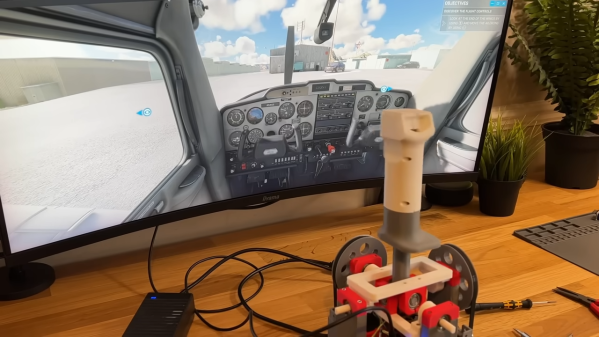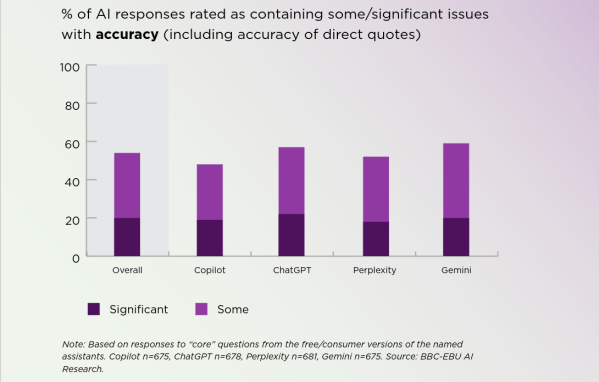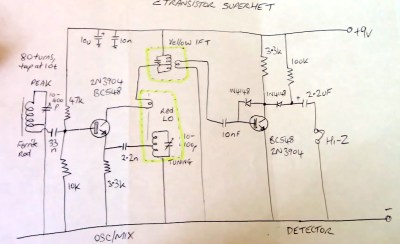Force feedback joysticks are prized for creating a more realistic experience when used with software like flight sims. Sadly, you can’t say the same thing about using them with mech games, because mechs aren’t real. In any case, [zeroshot] whipped up their own stick from scratch for that added dose of realistic feedback in-game.
[zeroshot] designed a simple gimbal to allow the stick to move in two axes, relying primarily on 3D-printed components combined with a smattering of off-the-shelf bearings. For force feedback, an Arduino Micro uses via TMC2208 stepper drivers to control a pair of stepper motors, which can apply force to the stick in each axis via belt-driven pulleys. Meanwhile, the joystick’s position on each axis is tracked via magnetic encoders. The Arduino feeds this data to an attached computer by acting as a USB HID device.
We’ve seen some other great advanced joystick projects over years, too. Never underestimate how much a little haptic feedback can add to immersion.



















